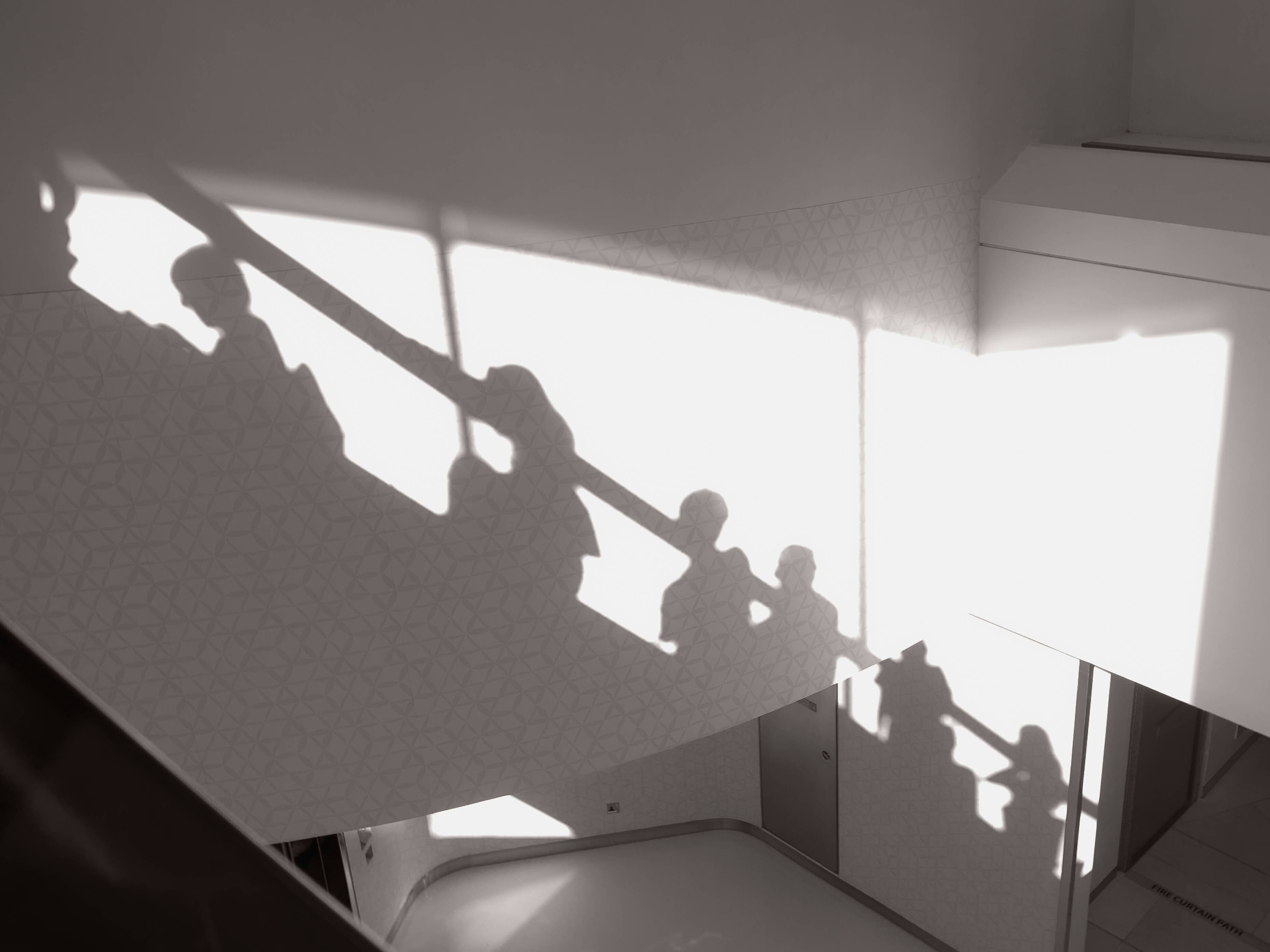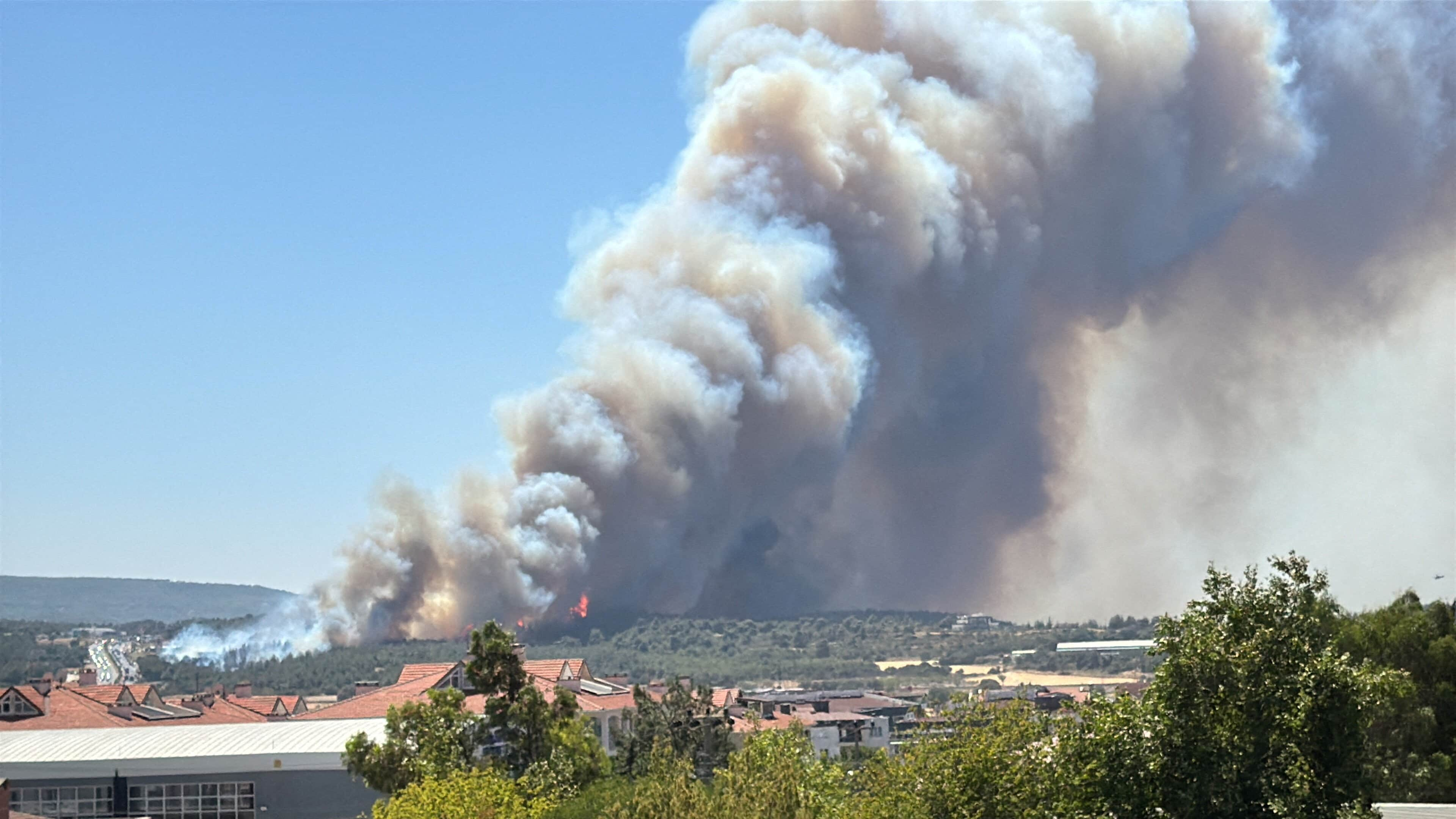A multistakeholder earthquake response in Türkiye sets an example for future crises

The response to the devastating earthquake in Türkiye required effective multistakeholder collaboration, like the approach of Koç Holding. Image: Koç Holding
- In February 2023, a devastating earthquake struck Türkiye, claiming tens of thousands of lives and displacing millions.
- As part of the response, Koç Holding oversaw the creation of "Hope Cities," which housed thousands of displaced people quickly.
- The Hope Cities model and approach could be replicated elsewhere following natural disasters.
In the early hours of February 6, 2023, a devastating 7.4-magnitude earthquake struck Türkiye, violently shaking the southern part of the country and leaving a trail of destruction in its wake. A total of 11 Turkish provinces, home to about 15 million people, suffered widespread destruction.
The death toll has surpassed 48,000 people, with more than 100 thousand injured. Development experts from the United Nations estimate that about 3.3 million people were displaced.
Protecting those displaced people soon became a key priority in the wider response to the earthquake. Following consultation with public institutions, demands from the region itself and experiences gathered after comparable disasters, it became clear that making vast amounts of temporary settlements available was critical.
Adult and elderly earthquake victims wanted to return to their hometowns as soon as possible; to find a way to support themselves and their loved ones, and resume work in the cities they knew. Branching out from this were other priorities, including education, as well as the resumption of social life.
Hope Cities: housing thousands after Türkiye's earthquake
Playing one part in the wider response to the earthquake was the Koç Group’s Hope City Project. Just one week after the major disaster, Koç Holding initiated the Hope City Project: the construction of five container cities with a total of 5,000 container homes, enough to provide shelter for around 20,000 people.
This also marked the start of a countdown: the target was to ensure that within 100 days, daily life in the container cities would begin.
But building a temporary, but functioning city — home to displaced people and a variety of complex challenges — is not simple. Anthropologists, city planners and social scientists were required to understand the needs and expectations in post-disaster shelter areas, and to use those findings at every step to serve the city residents in the best way possible, from the interior features of the container homes, to the design of the city as a whole. The multi-stakeholder and multi-faceted model required deep coordination and cooperation. The biggest stakeholder was the public sector, while non-governmental organizations were also indispensable for the project.
A model for post-disaster temporary accommodation
The Hope City Project, delivered rapidly in a time of acute crisis, serves as a potential model temporary settlements in disaster affected areas the world over in five key ways:
1. Community-focused: An unwavering commitment to uphold the dignity of all the residents was key to Hope City’s success. Considering the climatic conditions, it was important to plan the containers with features such as air conditioning, awnings and porch areas, where neighbours could socialize and enjoy each other’s company. Another priority was to go beyond basic housing and provide holistic support, fostering a sense of solidarity among stakeholders. In every Hope City, more than 30 essential social facilities catered to a wide range of needs, free of charge. These included health centres, psychosocial support areas, nurseries, schools with libraries and STEM classrooms, markets, community kitchens, hairdressers, laundry facilities, places of worship, cafeterias, sports fields and amphitheaters.

2. Accessible and inclusive: In addition to the emotional trauma suffered, another reality in the aftermath of the earthquake was the physical injuries. Living spaces had to be accessible for people with disabilities; in essence, every aspect of the city had to be designed to be accessible to all individuals, regardless of their condition. Accordingly, 3% of all containers were designed and built to accommodate the specific needs of individuals with disabilities. Furthermore, in each school special classrooms were designated for children with autism.
3. Children and youth-focused: Natural disasters often harm childrens’ education, setting them back for years. In Türkiye, parents were committed to avoiding this. There was a clear need to provide opportunities for extracurricular education, sports and social activities to increase the well-being of children and young people. Accordingly, children and youth centres offered group workshops, creative learning opportunities and psychosocial support programmes. In each centre, strategic partnerships with specialized organizations elevated the services and support available to the residents.

4. Gender responsive: After earthquakes and similar disasters, women are often central to a wider community’s resilience. The dire circumstances called for women's solidarity centres, spaces for counseling and training units. Discussions that took place with UN Women following the earthquake resulted in the conception of Women's Solidarity Centres. These were designed as mini-campuses comprised of counseling and training areas, sewing and cooking workshops, as well as child-care centres and playgrounds. Women were given the opportunity to develop their existing skills in the workshops, thereby contributing to their families' livelihood and the recovery from the earthquake.

5. Economic resilience: One of the most important needs of the displaced people is returning to working life. To accommodate this as much as possible, Koç Holding called on Group companies to transfer employment opportunities to the region wherever possible. Call centres were set up inside Hope Cities where a certain priority quota of job openings was allocated to earthquake survivors and some of the Group companies organized technician training programmes. A special quota for the young residents of the Hope Cities was set up on the Koç Group Internship programme.

The power of collaboration in crisis
The Hope Cities are a rare example of rapidly executed city planning. Throughout the process, more than a thousand people worked every day on planning, procurement, purchasing, logistics, operations, coordination, partnerships and various other activities. The formation of the Koç Volunteers Platform was another substantial outcome of the project, which also strengthened the sense of belonging and employee engagement.
The Hope Cities earthquake response is a model that can be replicated globally in times of acute disaster. The lessons learned, and the Turkish people's wider response to the crisis, may help to shape a more effective response to the next disaster of this magnitude.
Don't miss any update on this topic
Create a free account and access your personalized content collection with our latest publications and analyses.
License and Republishing
World Economic Forum articles may be republished in accordance with the Creative Commons Attribution-NonCommercial-NoDerivatives 4.0 International Public License, and in accordance with our Terms of Use.
The views expressed in this article are those of the author alone and not the World Economic Forum.
Stay up to date:
Türkiye
Forum Stories newsletter
Bringing you weekly curated insights and analysis on the global issues that matter.
More on Stakeholder CapitalismSee all
Pedro Leitao
November 5, 2025






